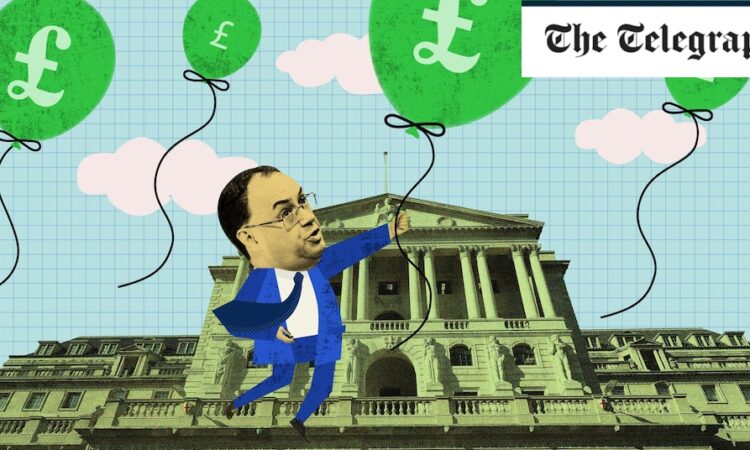
Interest rates are expected to fall this year as inflation drops back towards the Bank of England’s 2pc target.
Borrowing costs have hit 16-year highs as policymakers try to stop prices rising at an uncontrollable pace.
However, elevated interest rates have caused pain for mortgage holders and limited the spending power of consumers, impacting businesses.
Read on for your guide to everything you need to know about inflation, interest rates and how changes in borrowing costs affect you.
What is inflation?
Inflation is the term used by economists and governments to describe the speed at which prices are rising.
In Britain, we usually measure inflation by comparing the price of a particular item to its price at the same time the previous year.
For example, if a chocolate bar costs £1 in April 2023 and then in April 2024 it costs £1.04, its price has risen by 4pc and thus inflation for this particular item stands at 4pc.
However, statisticians have to calculate the pace of price rises across the whole of the economy and use a variety of methods to estimate this as accurately as possible.
The most closely followed of these methods used by the Government and the Bank of England is the Consumer Prices Index, often abbreviated to CPI, which is published each month by the Office for National Statistics (ONS).
This calculates inflation based on a typical basket of goods and services which statisticians at the ONS update every year.
The latest update to the basket caused headlines after vinyl was reintroduced for the first time since 1992. However, there are other methods used by some economists, the most notable of which is the retail prices index, known as RPI.
What is RPI?
RPI is no longer considered a national statistic. The ONS said it can be guilty of “at times greatly overestimating and at other times underestimating changes in prices and how these changes are experienced”.
Statisticians say it is not a good measure of inflation for several reasons, including that it is “heavily influenced by house prices and interest rates”.
However, RPI remains significant as it is used to calculate increases in the price of various items, including train tickets. It is also used to calculate the yield and the amount repaid on redemption of a sizeable portion of government-issued bonds, known as gilts. That is why government debt repayments increase significantly when the rate of inflation rises.
What are interest rates?
Interest rates govern the amount you are charged for borrowing money. They are expressed as a percentage of the total amount of the loan. The lower the interest rate, the more favourable the terms of the loan are. The higher the interest rate, the more you have to pay back.
When politicians, commentators and economists talk about interest rates, they are usually referring to the Bank Rate set by the Bank of England.
The Bank Rate is used to calculate interest rates across the wider economy, from savings to mortgages.
The Bank Rate has been at 5.25pc since August, which is its highest level since 2008. It is set every six weeks at a meeting of the Monetary Policy Committee, a group of nine experts at the Bank of England, including the Governor, Andrew Bailey.
Why are interest rates so high?
The Bank of England has increased interest rates to 5.25pc in an effort to bring down inflation to its 2pc target.
Inflation stood at 3.2pc in March but rose as high as 11.1pc in October 2022.






